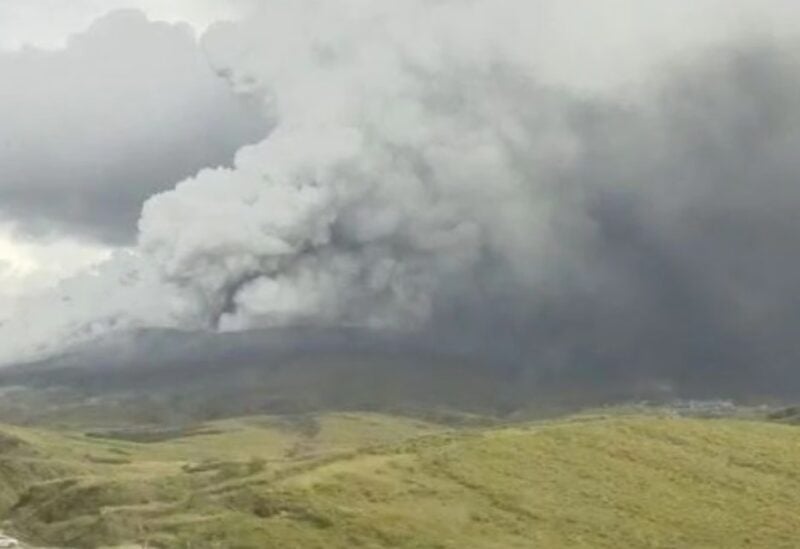
Volcano symbolic
A recent study suggests that an ancient supervolcano in the US, the McDermitt Caldera located on the Nevada-Oregon border, holds an enormous reserve of lithium. This discovery has the potential to have a significant impact on the global supply of lithium, a critical element in various industries, including battery production.
As per estimates, the giant crater has some 20 to 40 million tonnes of lithium deposit- more than double the concentration found anywhere else in the world.
This discovery can be a game-changer for America, as the country is largely dependent on China for its lithium supply. That is why there’s a big push to find sources of the alkali metal on home turf.
Forecasters have predicted that 1 million tonnes of lithium metal will be needed by 2040 to fulfil the global demand, which is eight times what was produced in 2022.
Lithium- the quest for ‘white gold’
The alkali element has earned itself the title of ‘white gold’ over the years for its pivotal role in the manufacturing of batteries, most significantly for use in electric cars, wind turbines and solar panels.
Experts in recent years have said several times that the metal is at the heart of the global transition away from fossil fuels. However, it also poses ecological problems of its own.
The process of churning out the lithium metal needs mining that transforms it into valuable energy stores. This process can damage or destroy ecosystems, deplete groundwater and produce vast quantities of waste.
Many environmentalists and local communities have shown concern to the US government’s recent decision to approve a new mine within the McDermitt Caldera, which suits on land that’s home to precious wildlife habitats and which is also sacred to a number of indigenous peoples.
How a supervolcano became a site for lithium deposit
The project is owned by Lithium Nevada, which funded the recent research into the caldera’s potential as a giant lithium reserve.
According to the company’s calculations, the crater’s southernmost rim, including an area called Thacker Pass, contains the highest concentrations of lithium.
When the ancient supervolcano erupted some 16 million years ago, hot liquid magma seeped through cracks and fissures in the ground, enriching the clay soil with lithium, the study suggests.
It also deduced that there was another resurgence of magma after the caldera’s ancient lake dried out, resulting in the emergence of an unusual type of clay around Thacker Pass called illite, which is particularly rich in lithium.
Speaking about the amount of lithium deposit found near Nevada, Anouk Borst, a geologist said that, “it could change the dynamics of lithium globally, in terms of price, security of supply, and geopolitics.”